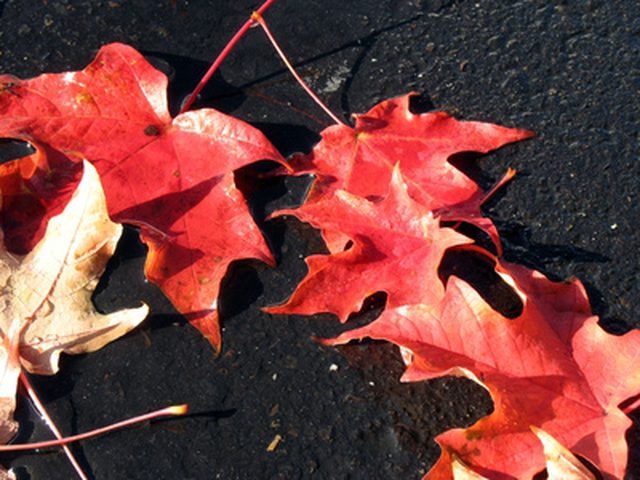Bulbs
Flower Basics
Flower Beds & Specialty Gardens
Flower Garden
Garden Furniture
Garden Gnomes
Garden Seeds
Garden Sheds
Garden Statues
Garden Tools & Supplies
Gardening Basics
Green & Organic
Groundcovers & Vines
Growing Annuals
Growing Basil
Growing Beans
Growing Berries
Growing Blueberries
Growing Cactus
Growing Corn
Growing Cotton
Growing Edibles
Growing Flowers
Growing Garlic
Growing Grapes
Growing Grass
Growing Herbs
Growing Jasmine
Growing Mint
Growing Mushrooms
Orchids
Growing Peanuts
Growing Perennials
Growing Plants
Growing Rosemary
Growing Roses
Growing Strawberries
Growing Sunflowers
Growing Thyme
Growing Tomatoes
Growing Tulips
Growing Vegetables
Herb Basics
Herb Garden
Indoor Growing
Landscaping Basics
Landscaping Patios
Landscaping Plants
Landscaping Shrubs
Landscaping Trees
Landscaping Walks & Pathways
Lawn Basics
Lawn Maintenance
Lawn Mowers
Lawn Ornaments
Lawn Planting
Lawn Tools
Outdoor Growing
Overall Landscape Planning
Pests, Weeds & Problems
Plant Basics
Rock Garden
Rose Garden
Shrubs
Soil
Specialty Gardens
Trees
Vegetable Garden
Yard Maintenance
Why Do Leaves Fall Off Trees Before Winter?
Why Do Leaves Fall Off Trees Before Winter?. Leaves fall of trees before winter because reduced sunlight keeps them from producing much energy. As a result, trees shed their leaves before the winter to save energy. Leaves gradually lose their color and then fall off as weather gets colder and days become shorter.

Leaves fall of trees before winter because reduced sunlight keeps them from producing much energy. As a result, trees shed their leaves before the winter to save energy. Leaves gradually lose their color and then fall off as weather gets colder and days become shorter.
Function
Leaves carry out photosynthesis to produce energy or food. Without sunlight photosynthesis cannot take place. The main substance that helps with photosynthesis in plants is chlorophyll, according to Sciencemadesimple.com. Chlorophyll's green pigment gives leaves their color. As days get shorter and shorter, trees begin to shut down their food-making factories. As this happens, green chlorophyll begins to disappear from the leaves. This unveils other colors that are present within the leaf such as brown, orange, red and purple. These colors are always present; they are just hidden by the green chlorophyll.
Plants have a separation layer that exists between leaves and trees. As winter comes, a cork-like material develops between the leaf and the branch. This cuts off food and water supply to the leaf, which eventually causes it to fall off the tree.
Benefits
Trees save energy by getting rid of their leaves before winter, according to Sciencemadesimple.com. During the entire summer, trees produce extra energy and store it for the winter. During the winter, trees live off this stored energy until spring comes. When spring comes, new leaves grow that provide the tree with energy to store for the following winter. During the summer, plants take in more glucose than they need.
Considerations
Not all trees shed their leaves before winter, according to Sciencemadesimple.com. Evergreen trees such as pine trees maintain their leaves or needles throughout the entire winter. Perennial trees shed their leaves each season. Evergreen trees are commonly found in northern climates where growing seasons are shorter. If evergreen trees only collected sunlight during the growing season they would not have enough energy to survive. Evergreen trees survive by maintaining their leaves and producing energy year-round, according to Idahoforests.org.
Colors
Brown leaf colors come from a pigment called tannin, a waste product, according to Sciencemadesimple.com. Bright purple and red colors come from a pigment called anthoyanin. These pigments are antioxidants that help plants survive. Orange colors come from a pigment called carotene. Yellow colors come from a pigment called xanthophyll.
Fun Fact
One of the most spectacular places for viewing unique tree colors before leaves fall off is on the U.S. East Coast, according to Sciencemadesimple.com. This is because the region's vast variety of deciduous trees display a wide range of autumn colors.